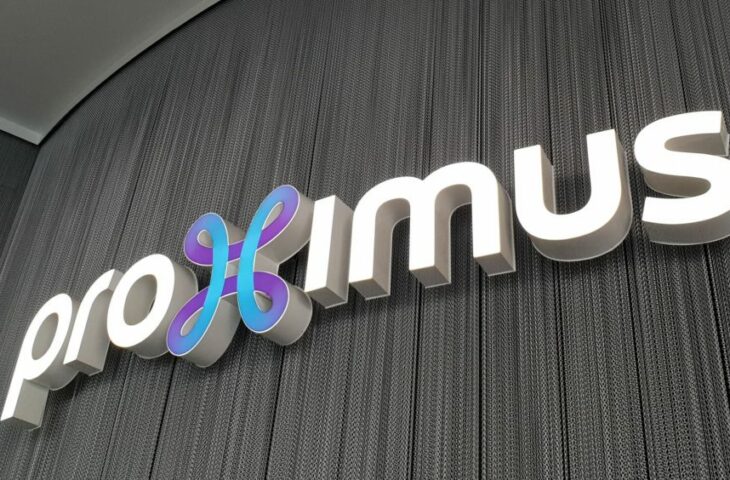Approach
We opted for an integral and inclusive approach, with specific attention for the principles of Lean Six sigma optimisation. To achieve this, a taskforce was set-up with the hiring manager, HR partners, recruiting officer, the administrative support and the candidate. An interactive inspiration session on the philosophy of six sigma set the stage. Thanks to process modelling software, we visualised the full recruitment and selection process. We enriched this data with qualitative insights via interviews, Gemba walks and desk research. Together with the candidates, the customer journey was laid out.
A thorough data analysis was carried out. We gathered insights on the number of, turnaround times and workload associated with each activity. Process mining gave us a swift analysis of all cases (a case being the selection process that each candidate goes through, 22,300 in total) and gave insights in the succession of each step, turnaround times and possible exceptions cases. The excellent visualisation and possibility to orderly display information via dashboard for each type of recruitment were additional advantages.
We gained the following insights:
- The average time the recruiter spends to find a right candidate
- Which type of vacancies usually resulted in an assessment and where in the process this assessment took place
- Which selection steps excluded the most or least amount of candidates
Together with the taskforce we identified weak points, points of ambiguity and opportunities. We highlighted non-value added steps and imagined implementing digital tools. This allowed us to design a new recruitment and selection process that meets the future needs of the organisation on efficiency, digitalisation and satisfaction.
Results
By the end of this project we were able to present the following results:
- An improved process for the future
- Lower workload for the stakeholders at Proximus
- Excellent service for the hiring manager
- An outstanding experience for the candidate
- A turnaround time shortened by 37%
- A lower amount of stakeholders involved in the process, with clearly defined Roles and Responsibilities
- Automation of non-value added tasks wherever possible, giving the ability to employees to focus on the value added tasks
- Integration of digital innovation, such as AI-matching, digital testing and Robotic Process Automation
- A dashboard visualising the results from process mining in an orderly fashion






